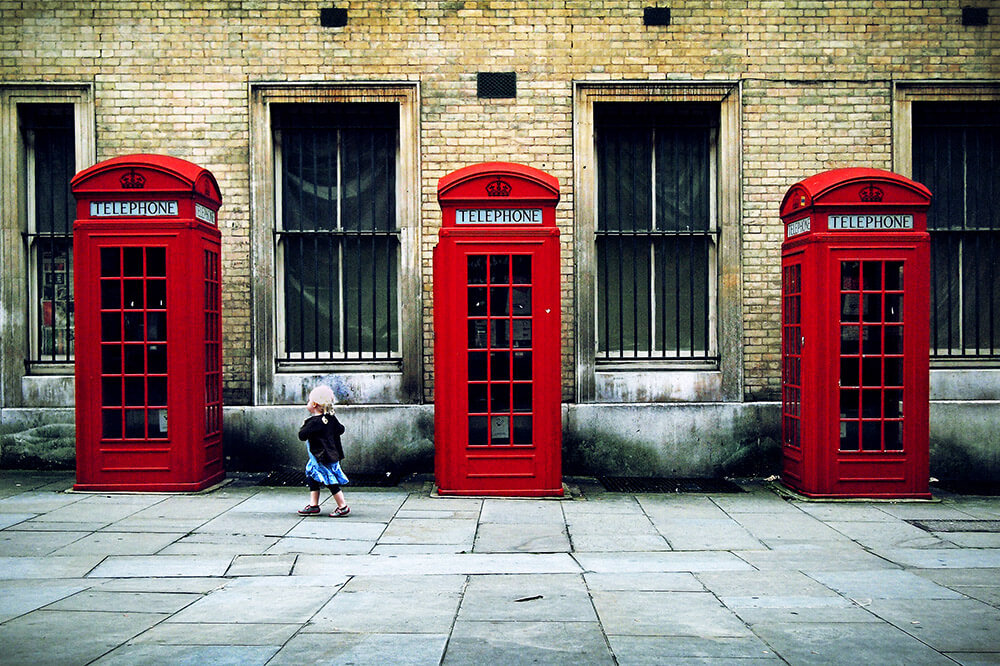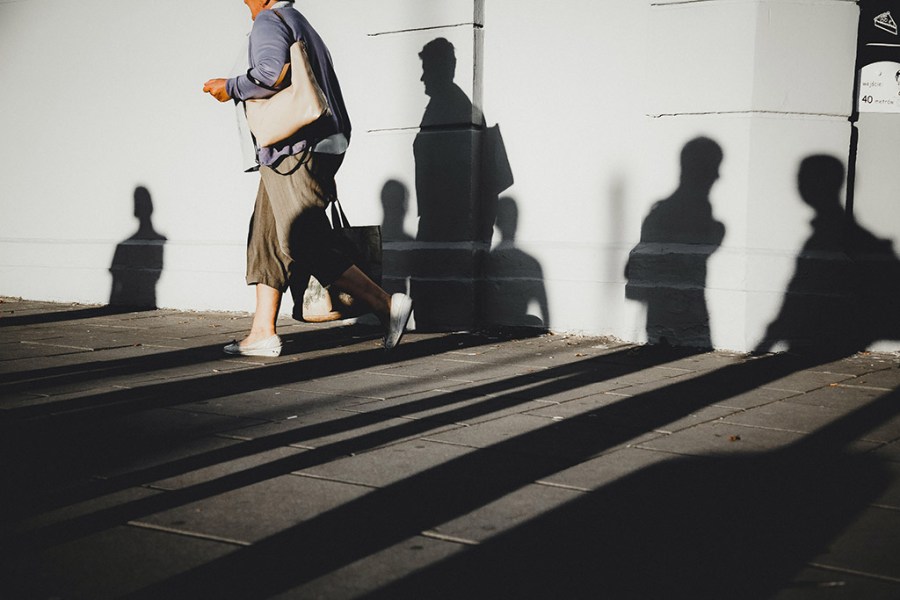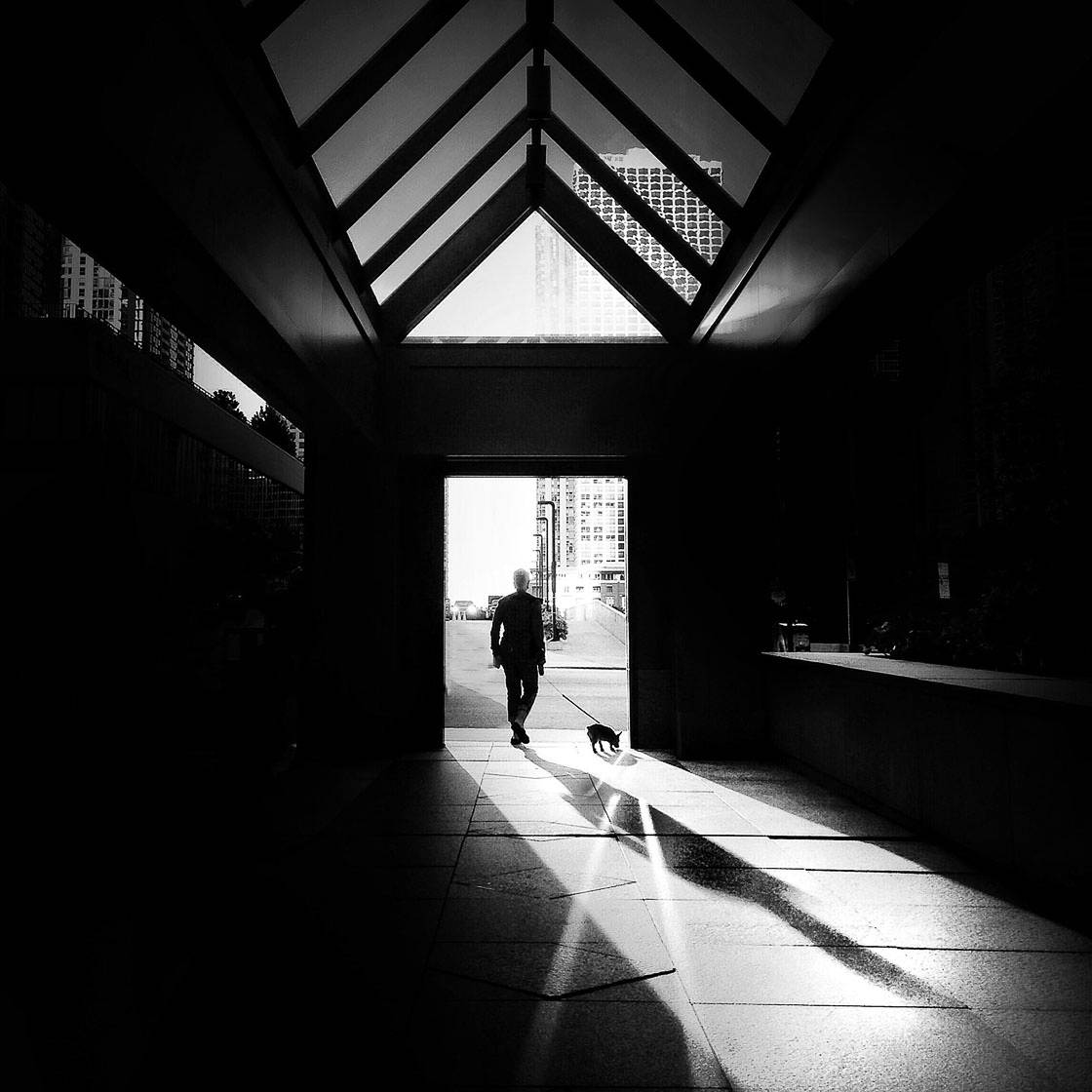The smart Trick of Street Photographers That Nobody is Discussing
The smart Trick of Street Photographers That Nobody is Discussing
Blog Article
Street Photographers - Questions
Table of ContentsWhat Does Street Photographers Do?The Best Strategy To Use For Street PhotographersStreet Photographers Can Be Fun For EveryoneExcitement About Street PhotographersStreet Photographers Can Be Fun For Everyone
, a category of digital photography that documents day-to-day life in a public place. The actual publicness of the setup makes it possible for the photographer to take honest pictures of strangers, often without their expertise. Street digital photographers do not necessarily have a social purpose in mind, yet they choose to separate and capture minutes which might or else go unnoticed.He was influenced by many of those that influenced the street photographers of the 1950s and '60s, he was not primarily interested in recording the spirit of the road., that worked side by side with professional photographers trying to record the essence of urban life.
Due to the fact that of the relatively primitive technology offered to him and the lengthy exposure time required, he struggled to catch the hustle and bustle of the Paris streets. He explore a collection of photo approaches, attempting to discover one that would enable him to catch movement without a blur, and he discovered some success with the calotype, patented in 1841 by William Henry Fox Talbot. While the professional photographers' subject was basically the very same, the results were noticeably different, demonstrating the influence of the digital photographer's intent on the personality of the images he produced.
Street Photographers for Beginners
Provided the fine quality of his photographs and the breadth of material, designers and artists typically purchased Atget's prints to utilize as recommendation for their very own work, though commercial passions were hardly his major motivation. Rather, he was driven to picture every last remnant of the Paris he liked. The mingled interest and necessity of his goal shine through, leading to photographs that narrate his own experience of the city, top qualities that expected road digital photography of the 20th century.

Unlike his peers, Brassa used a larger-format Voigtlnder electronic camera with a much longer exposure time, compeling him to be a lot more computed and thoughtful in his practice than he may have been if using a Leica.

See This Report on Street Photographers
It is as a result of this basic understanding of the art of picture taking that he is typically attributed with finding the medium all over again approximately a century since its invention. He took photographs for greater than a half century and influenced generations of photographers to trust their eye and instinct in the moment.
These are the questions I shall try to respond to: And after that I'll leave you with my very own interpretation of street photography. Yes, we do. Let's kick off with specifying what a meaning is: According to it is: "The act of defining, or of making something certain, unique, or clear".
No, certainly not. The term is both restricting and misleading. Seems like a street digital photography should be photos of a roads appropriate?! And all street professional photographers, besides a little number of absolute novices, will totally value that a road is not the crucial part to road digital photography, and actually if it's a picture of a road with perhaps a few boring people not doing anything you can check here of interest, that's not road photography that's a snapshot of a road.
The Facts About Street Photographers Uncovered
He makes a legitimate point do not you believe? However, while I agree with him I'm uncertain "candid public digital photography" will catch on (although I do sort of like the term "candid digital photography") since "street digital photography" has been around for a long period of time, with numerous masters' names connected to it, so I believe the term is here to remain.
Inside?! I hear click this site you yell as you tremble your clenched fist to the sky. Why not? You can shoot at the beach, at a festival, in an alley, in a park, in a piazza, in a cafe, at a museum or art gallery, in a city station, at an event, on a bridge, under a bridge ...
Yes, I hesitate we have no choice! Without policies we can not have a meaning, and without a definition we do not have a category, and without a genre we don't have anything to specify what we do, therefore we are stuck in a "regulations look at this site interpretation genre" loophole! And no-one intends to get stuck in a loop. - Street Photographers

Report this page